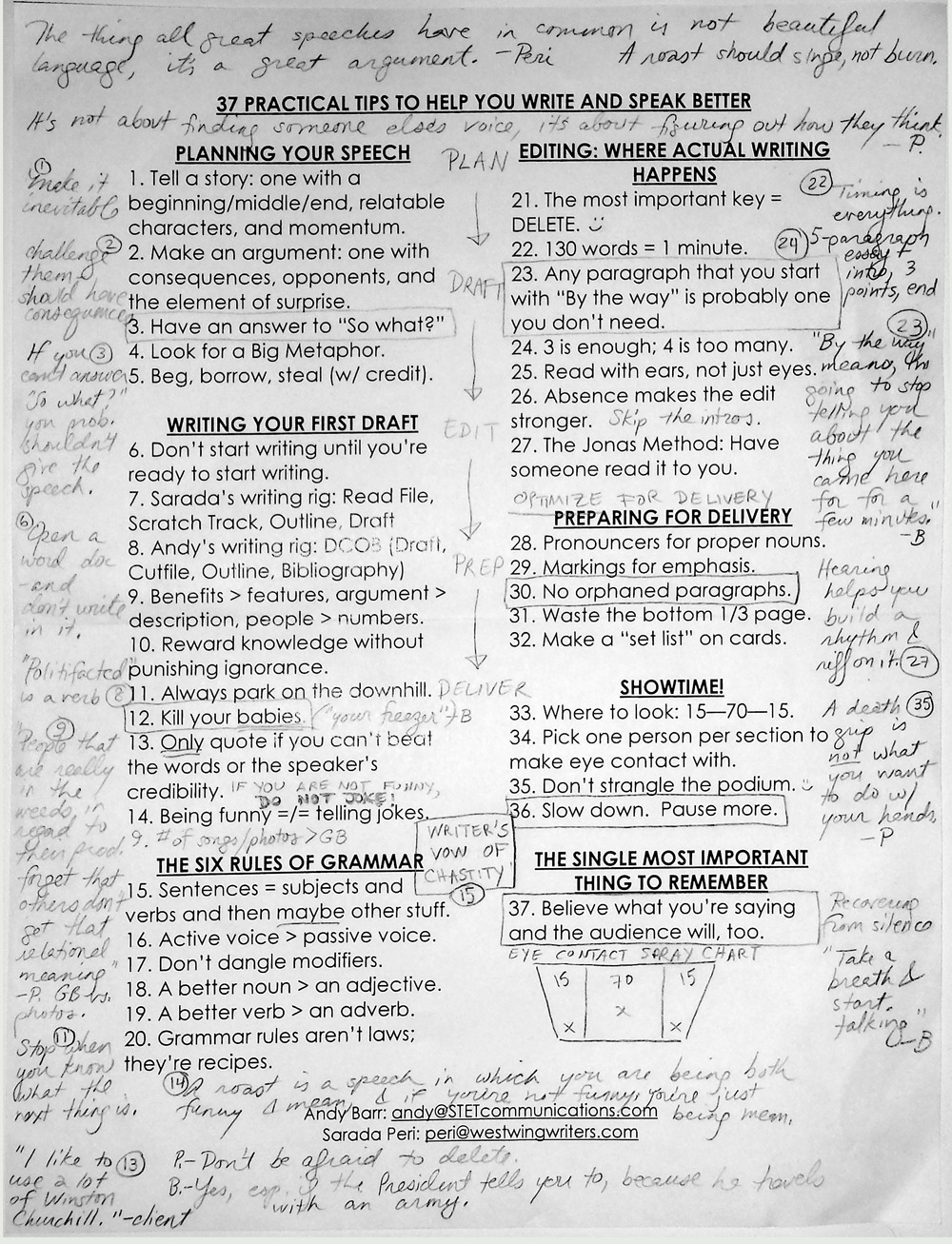At SXSW I had the pleasure of sitting in on Andy Barr’s and Sarada Peri’s 37 Practical Tips to Help You Write & Speak Better. Much of these focused on simplicity of grammar and content, and reminded me of the writer’s vow of chastity my husband conceived back in 2007. Since then, my first drafts attempt to follow the below rules as much as possible. Only then do I go back and add anything more, trying to restrain myself to choices that add clarity.
So here it is.
Just as Lars Von Trier and Thomas Vinterberg wrote the film maker’s vow of chastity (also know as Dogme 95), so Bart has proposed a writer’s vow of chastity.
A draft of the rules as of August 4, 2007:
The writer’s vow of chastity
The writer will use no modifiers.
- No adverbs.
- No adjectives.
The writer should act as a behaviorist.
- No words describing emotion.
- The writer will not make the reader directly privy to a character’s thoughts (no interior dialogue or interior monologue).
The writer may break these rules only when it is unavoidable.
The above may be summarized as, “Not doing the reader’s work for them*.”
*The summary references advice from C.S. Lewis to his students:
Don’t say it was “delightful;” make us say “delightful” when we’ve read the description. You see, all those words (horrifying, wonderful, hideous, exquisite) are only like saying to your readers “Please will you do the job for me.”
Barr and Peri also provided a page with the 37 tips, on which I took copious notes. Here it is—enjoy!

Barr and Peri’s writing tips, together with the notes I took. I’ve found them helpful, and hope you do, too.
Originally posted on alexfiles.com.
